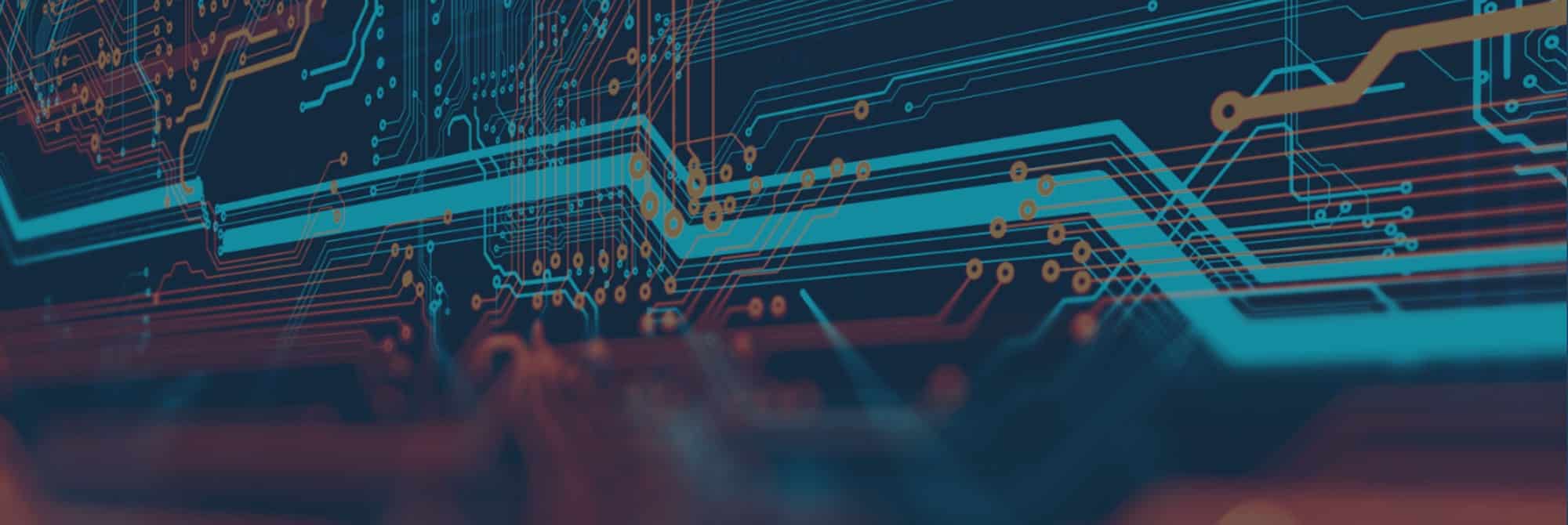IoT in Energy: Revolutionizing Energy Management
In this article we will describe how IoT technology is currently revolutionizing energy management. We will discuss use cases for IoT energy management in solar, wind, water, smart cities, storage and distribution systems. Discover the right IoT provider for smart energy management systems to help you reduce costs and increase energy efficiency.

IoT in Energy: revolution energy management
Property owners can apply IoT technology to monitor energy consumption and keep it within parameters to control costs. IoT technology may also be integrated to increase energy efficiency. Smart IoT sensors can monitor and control temperature and activate the lights based on motion detection. This helps property owners to only use lighting and heating where people are actually present. The same sensors can be programmed based on time. For example, when energy prices are most competitive and optimum cost-savings can be achieved.
IoT technology is also frequently used in factories to achieve significant cost savings and to improve energy efficiency. Industrial IoT sensors can collect energy data via the monitoring of the factory’s production process. The IoT data can then be used to identify areas where further improvements and optimizations are possible. IoT helps factories to lower their overall energy consumption.
Smart IoT energy management can also greatly improve the sustainability of industrial operations. Some examples of industrial IoT energy monitoring can be found in waste, water, heat, power sensors and devices. These sensors and devices can help point out areas where the equipment life cycle can be improved and operational energy efficiency can be increased.

IoT in Solar Energy: Maximizing Solar Panel Performance
As the global demand for solar panels is skyrocketing, vendors turn to IoT to help them improve the performance of solar panels and power exchange with the grid. Solar panel production companies use IoT to provide them with real-time information about temperature and power. The technology helps them also to spot any irregularities with their solar panel operations. IoT can help to identify areas where the electric production of solar panels can be optimized even further.
The same sensors can produce valuable data which can be sent to IoT cloud operators to analyze the data over time. This will help to adjust the predictive maintenance windows for the solar panels and micro inverters accordingly. In the long term, IoT in solar management can help save costs and improve safety. Nothing goes unnoticed thanks to the power of smart IoT sensors in solar panels.
Smart solar IoT technology can also work in conjunction with the national power grid. For example, to determine when is the perfect time to exchange solar energy to achieve load balancing on the network. The dynamic exchange of solar electric energy with the grid is another great example of how IoT technology can help make the national power grid more efficient and sustainable.
IoT Energy Monitoring: Improving Grid Security
Due to the high demand for solar panels, electric cars, air conditioners and heat pumps, the national power grid is under severe pressure. These developments have a strong impact on the power grid’s safety and efficiency.
Smart grid IoT can help protect and secure the power grid. IoT smart grid technology can warn in case of any irregularities. It can push notifications to operating staff when certain parameters are about to be exceeded.
For example if the power production of all solar panels in a certain area would be too high for the grid to handle. Then IoT can help signal such spikes in the power grid. The exchange of solar energy to the grid can then temporarily be switched off. The use of IoT in national public power grids will improve overall reliability, safety and efficiency.
Smart Energt IoT: Enabling Smart Cities and Buildings
Cities, apartment blocks, houses and factories are becoming smarter and more energy efficient thanks to IoT. Both business property owners and residential landlords can contribute to a more sustainable society by implementing IoT technologies. IoT will help them to monitor temperature and control energy consumption for heating, water or cooling. IoT sensors can collect rich data and provide insights when further optimization can be achieved.
IoT devices can be interconnected to other buildings or public service providers. For example smoke and heat detectors could be connected to a security company. They can then dispatch the fire department in case of an alarm. IoT in traffic cameras, signs and in cars can help predict traffic jams. Automatic rerouting recommendations can be pushed to car navigation systems, so the traffic flow and congestion can be improved. These are great examples of how IoT can help to reduce concentrated pollution. IoT can help to reduce delays caused by traffic jams and make our city roads safer.
Energy Harvesting IOT: Powering Devices With Renewable Energy
Renewable energy can be harvested and stored to power IoT devices. This process happens in several ways. Direct sunlight and industrial lighting can be stored and used to power IoT devices. Mechanical energy can also be harvested and stored to power up IoT devices. Examples include energy harvested via vibration, motion and even sound. Heat generated via thermal processes can also be harvested and stored.
Electromagnetic fields and low frequency wireless signals are also potential power sources that can be harvested by IoT devices. These power harvesting capabilities are examples how Iot can help to reduce energy consumption. IoT can assist us to be less dependent on conventional power sources.
IoT in Energy Storage: Improving the Efficiency
IoT technology can be applied to help monitor and control energy storage systems. IoT sensors can be integrated in battery management systems. These sensors help control parameters for power draw and temperature. IoT sensors can also be used to control and monitor the battery charging process of electric cars. This helps to improve the safety of electric cars during the charging process.
Critical infrastructure is often protected against power outages, via the use of backup flywheel energy systems. These flywheels can also benefit from the use of IoT sensors. Smart devices monitor the number of rotations, speed and power generated by the flywheels.
Energy storage systems such as home solar batteries can be further optimized with the use of IoT. Real-time IoT data about the available power and output of solar panels can improve load balancing. This makes the exchange between the public grid and solar energy storage systems more efficient.
IoT in Energy Distribution: Optimizing Network performance
IoT technology can help to optimize network performance and energy distribution. The technology found in IoT sensors and devices is then used for monitoring and controlling energy distribution networks. The smart sensors and devices can be used to track and adjust the voltage, current, frequency, and quality of power lines and transformers. This can make the grid more efficient, secure and reliable.
IoT sensors can also help with the operation of solar panels and wind turbine installations. The sensors can collect data about the supply and demand of electricity. They can also report on the efficiency of large solar panel and wind turbine farms. Smart IoT can make these installations safer and let operators know when maintenance is required.

IoT in Energy Generation: Enhancing Power Output
IoT technology can help with the monitoring of energy generation in various systems. Technology can be used to monitor power, temperature and to spot any irregularities in the performance of solar panels. The same IoT technology can be used to optimize and secure the performance of wind turbines. In hydroelectric power plants IoT sensors can guard water levels, water pressure and the power generated by the turbines.
In summary: IoT is helping us to make green energy production safer and more efficient. The rich data generated by IoT systems can help consumers, businesses and governments to reduce costs in the long term and to become more sustainable.

Looking for a provider of IoT for Energy Management?
IoT technology can be a fantastic opportunity to make energy management more efficient and profitable. But in order for IoT devices to communicate and work together, you need a specialist with deep industrial experience and knowledge. An expert with expertise in IoT energy management systems. That’s where TNF Solutions can help your business grow and consult on all the possibilities of IoT in energy management.
TNF Solutions is not only experienced in IoT connectivity, but also in IoT application and cloud development for energy management systems. Contact TNF Solutions to learn more about our capabilities, satisfied customers and how we can help make your energy management more efficient with IoT.
Of course, you can call us directly or mail sales@tnfsolutions.com







